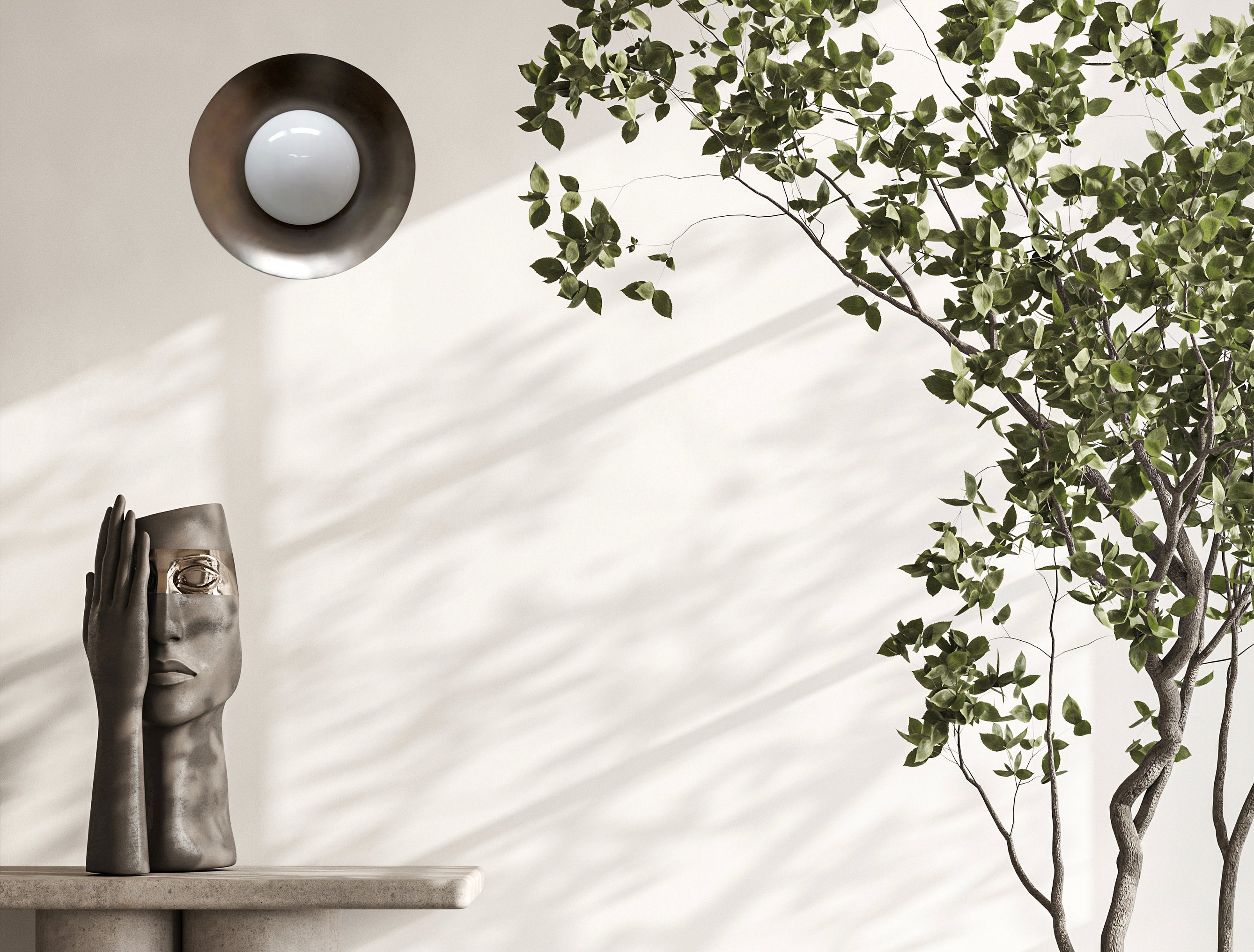
How to Use Lighting to Showcase Art and Decor
Lighting is a powerful tool in home decor, capable of transforming the way artwork and decorative elements are perceived. The right lighting can draw attention, create mood, and enhance the overall aesthetic of your space. Here’s how to strategically place lighting to showcase your art and decor effectively.
1. Choose the Right Type of Lighting
Different types of lighting serve distinct purposes. Consider these options:
- Spotlights: Ideal for highlighting specific pieces, such as paintings or sculptures. Use adjustable spotlights to direct light precisely where it’s needed.
- Track Lighting: Flexible and modern, track lighting can be adjusted to highlight multiple artworks or areas. It’s perfect for galleries or open spaces.
- Wall Sconces: These fixtures can frame your art and add an ambient glow. Choose sconces with adjustable heads for versatility.
- Picture Lights: Designed specifically for illuminating framed artwork, picture lights can be mounted above or on the frame itself.
2. Consider Color Temperature
The color temperature of your lighting can dramatically affect how colors are perceived in your artwork:
- Warm White (2700K - 3000K): This range can create a cozy, inviting feel. It works well for traditional artwork and creates a softer glow.
- Neutral White (3500K - 4100K): Provides a balanced look, making it suitable for a variety of art styles. It’s ideal for showcasing details without distorting colors.
- Cool White (5000K - 6500K): Mimics daylight and enhances the vibrancy of colors, making it perfect for modern or abstract art.
3. Create Layers of Light
Layering different types of lighting can enhance the overall effect:
- Ambient Lighting: Start with general illumination from ceiling fixtures to set the tone for the room.
- Task Lighting: Use focused lights for reading or detailed activities that require brighter illumination.
- Accent Lighting: Highlight specific pieces of art with adjustable spotlights or picture lights to create visual interest.
By combining these layers, you can achieve a dynamic and inviting atmosphere.
4. Positioning is Key
Placement can make all the difference in how artwork is perceived:
- Height: Hang artwork at eye level (approximately 57-60 inches from the floor) and position lights accordingly to avoid shadows.
- Distance: Position lights 1.5 to 2 feet away from the artwork to prevent glare. Adjust the angle to avoid direct reflection on glass frames.
- Groupings: For a gallery wall, use multiple light sources to evenly illuminate the entire area, creating a cohesive look.
5. Use Dimmers for Flexibility
Installing dimmer switches allows you to adjust the intensity of your lighting based on the time of day or mood you want to create. This flexibility can help you highlight artwork more dramatically during the evening or soften the light during daytime.
6. Incorporate Natural Light
If possible, take advantage of natural light to enhance your decor:
- Window Placement: Position artwork near windows to benefit from sunlight. Be mindful of potential fading and consider UV-protective glass for valuable pieces.
- Reflective Surfaces: Use mirrors or glossy surfaces strategically to reflect natural light and brighten the room, adding depth and dimension to your decor.
7. Highlight Architectural Features
Don’t forget about your home’s architectural elements! Use lighting to draw attention to features like crown molding, niches, or alcoves, enhancing the overall design and complementing your art.
Strategic lighting can elevate your home’s decor, drawing attention to your favorite pieces and creating an inviting atmosphere. By selecting the right types of lighting, considering color temperature, and positioning lights effectively, you can showcase your artwork and decorative elements beautifully. Embrace the art of lighting, and watch your space transform into a stunning gallery of your personal style!


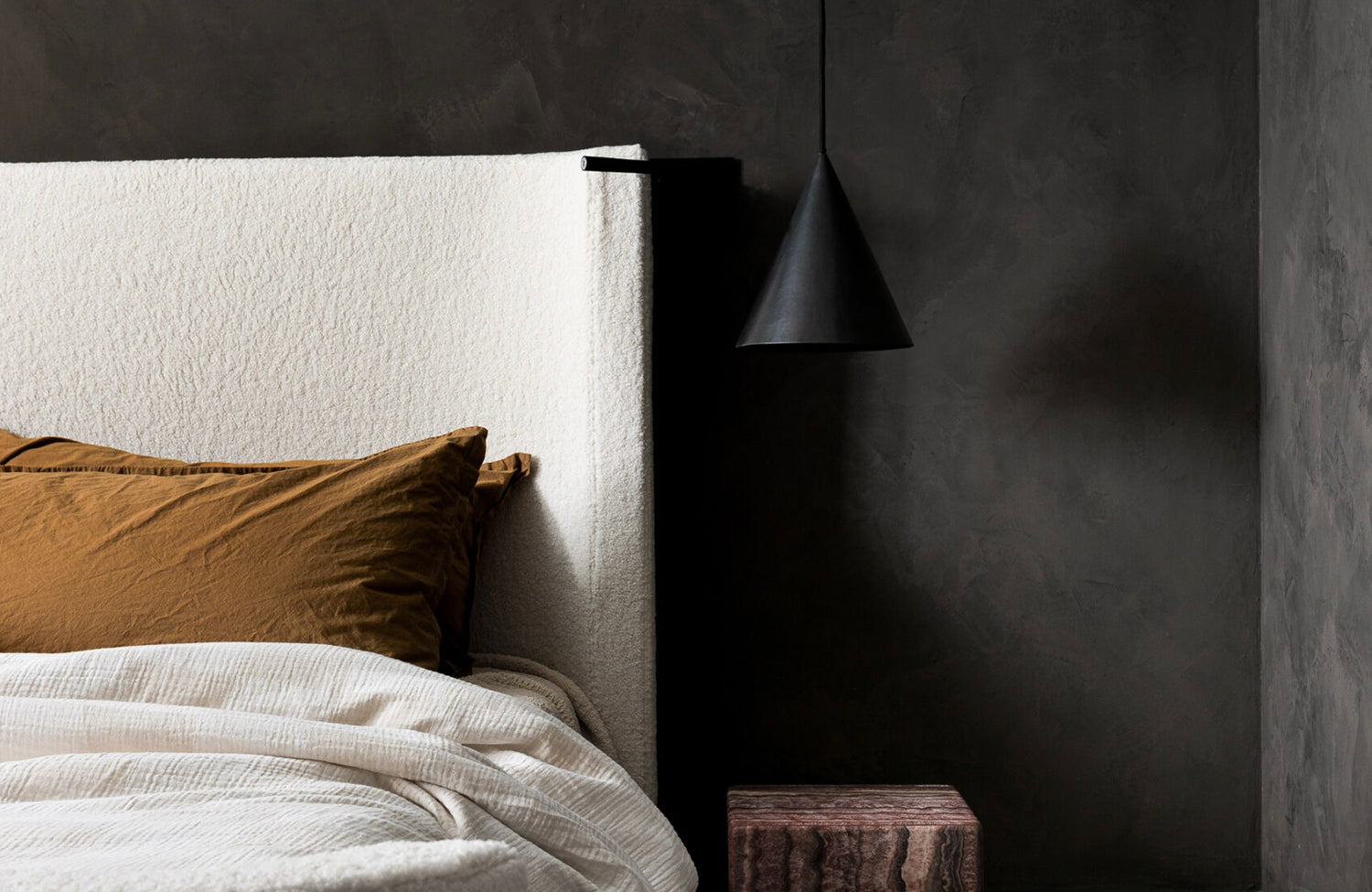

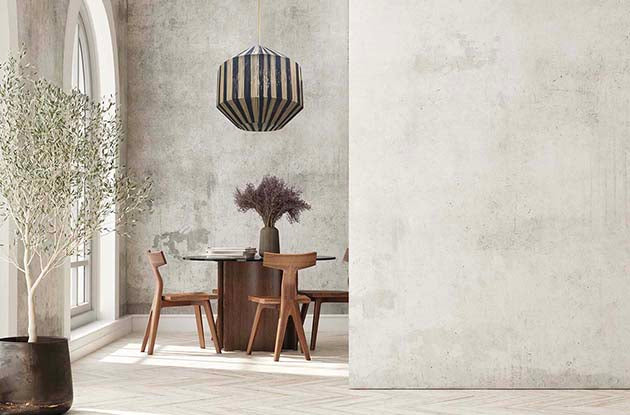
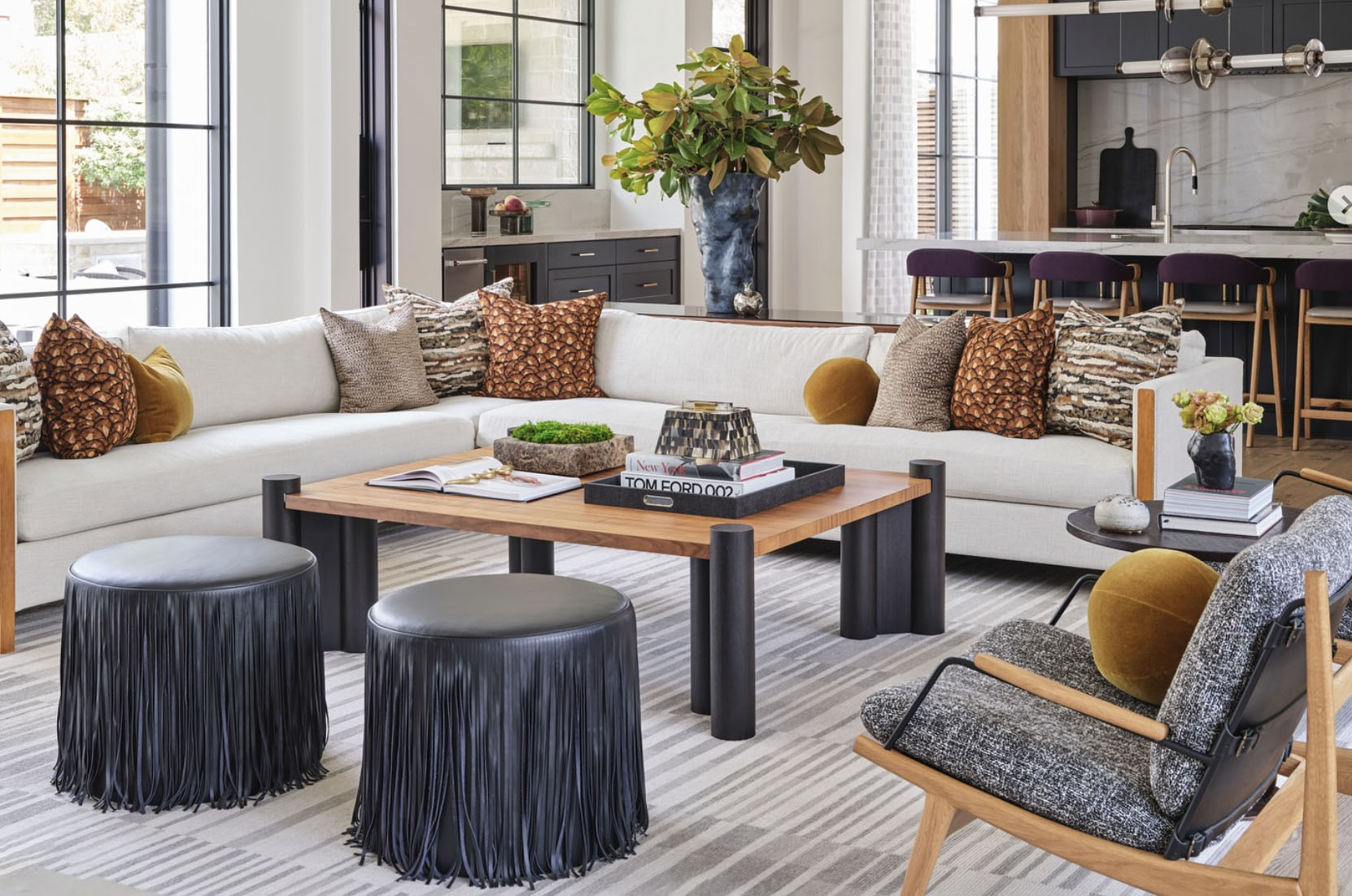

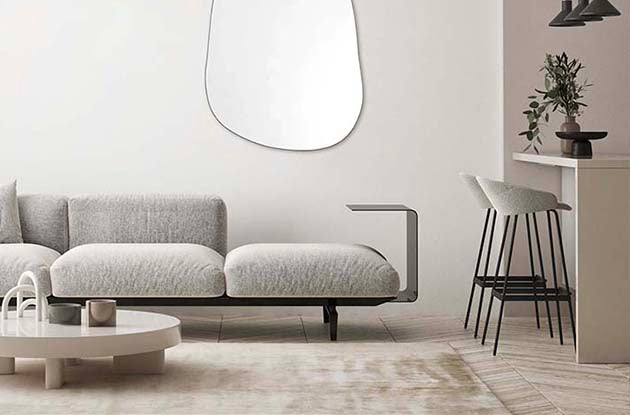
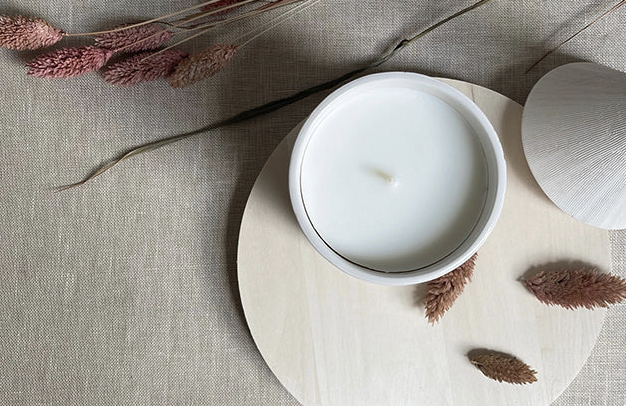

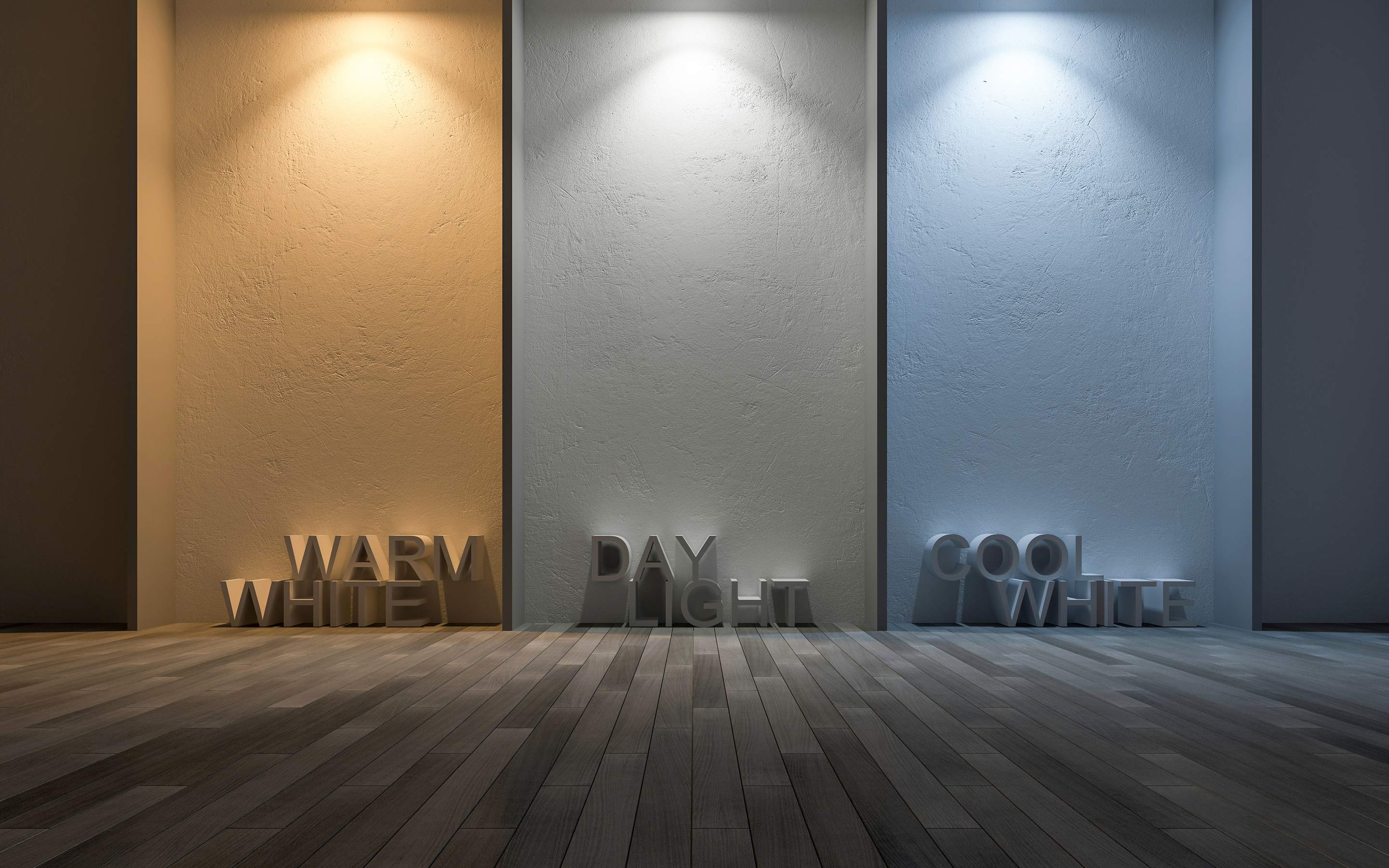
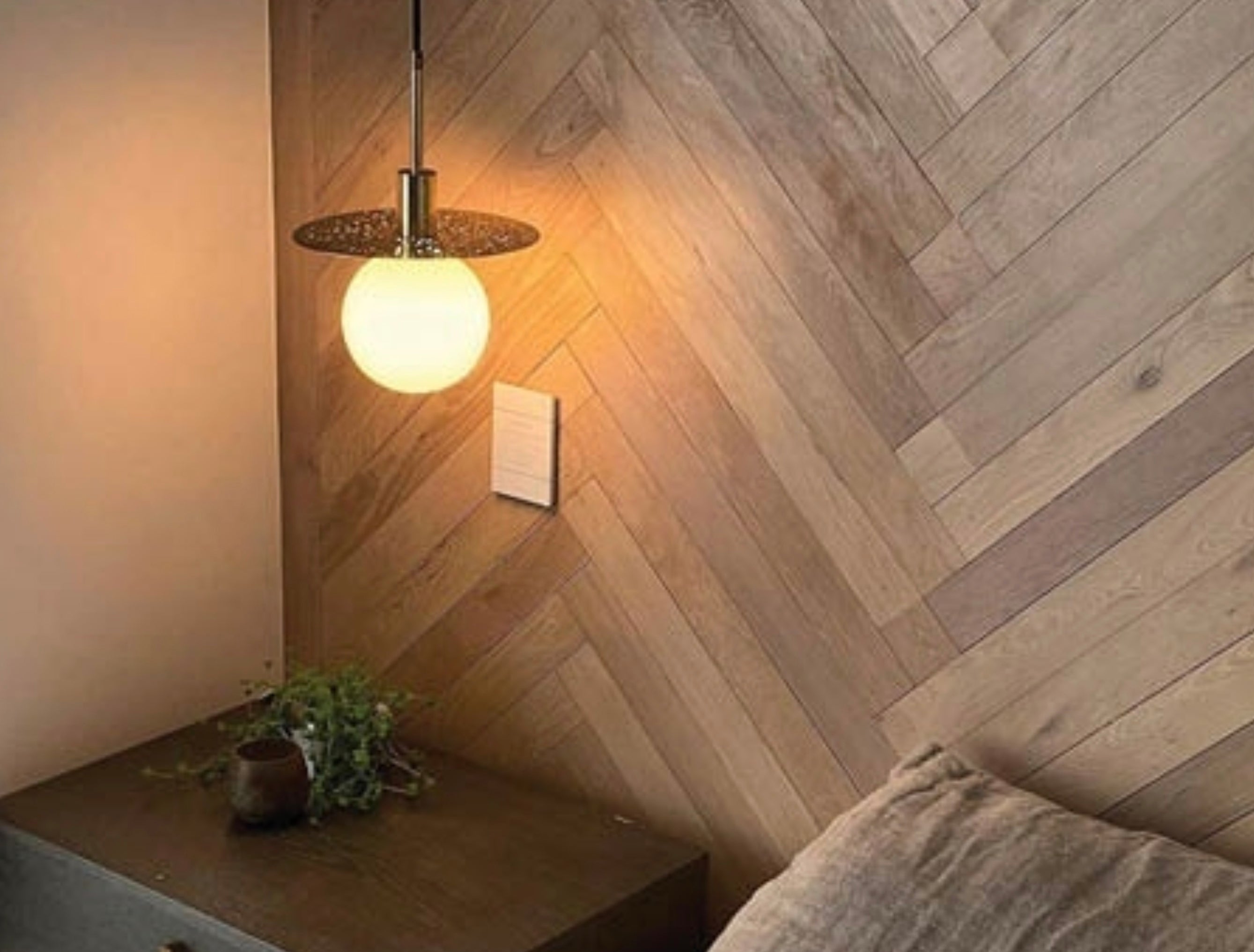
Leave a comment
This site is protected by hCaptcha and the hCaptcha Privacy Policy and Terms of Service apply.